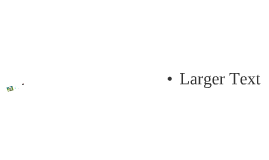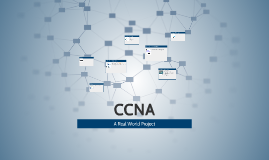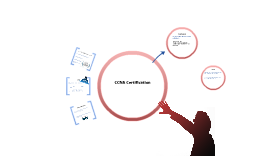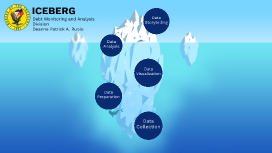CCNA presentation
Transcript: what is....? TCP Transmission Control Protocol. TCP What is it ? What is it? TCP is a protocol or standard used to ensure data is successfully delivered from one application or device to another. TCP is part of the Transmission Control Protocol/Internet Protocol (TCP/IP), which is a suite of protocols originally developed by the U.S. Department of Defense to support the construction of the internet. How does it work ? How does it work ? It breaks messages into packets to avoid having to resend the entire message in case it ran into a problem during transmission. Packets are automatically reassembled once they reach their destination. Every packet can take a different route between the source and the destination computer, depending on whether the original route used becomes congested or unavailable. Example Example When an email is sent using SMTP from an email server. To start the process, the TCP layer in the server divides the message into packets, numbers them, and forwards them to the IP layer, which then transports each packet to the destination email server. When packets arrive, they are handed back to the TCP layer to be reassembled into the original message format and handed back to the email server, which delivers the message to a user’s email inbox. UDP User Datagram Protocol UDP What is it ? User Datagram Protocol (UDP) refers to a protocol used for communication throughout the internet. It is specifically chosen for time-sensitive applications like gaming, playing videos, or Domain Name System (DNS) lookups. UDP results in speedier communication because it does not spend time forming a firm connection with the destination before transferring the data. What is it? How does it work ? In comparison to other networking protocols, the process behind UDP is fairly simple. A target computer is identified and the data packets, called “datagrams,” are sent to it. There is nothing in place to indicate the order in which the packets should arrive. There is also no process for checking if the datagrams reached the destination. How does it work ? Uses Multicasting because UDP works well with packet switching. Real-time applications in which the information needs to be delivered quickly and smoothly Uses The different The different Transmission Control Protocol (TCP) requires a handshake between the sender and the receiver. TCP ensures that the data is sent in order, received, and that nothing is lost along the way. This takes more time but results in more consistent transmissions. UDP does not require any of this. It sends the data without any communication between the sender and the receiver.

















